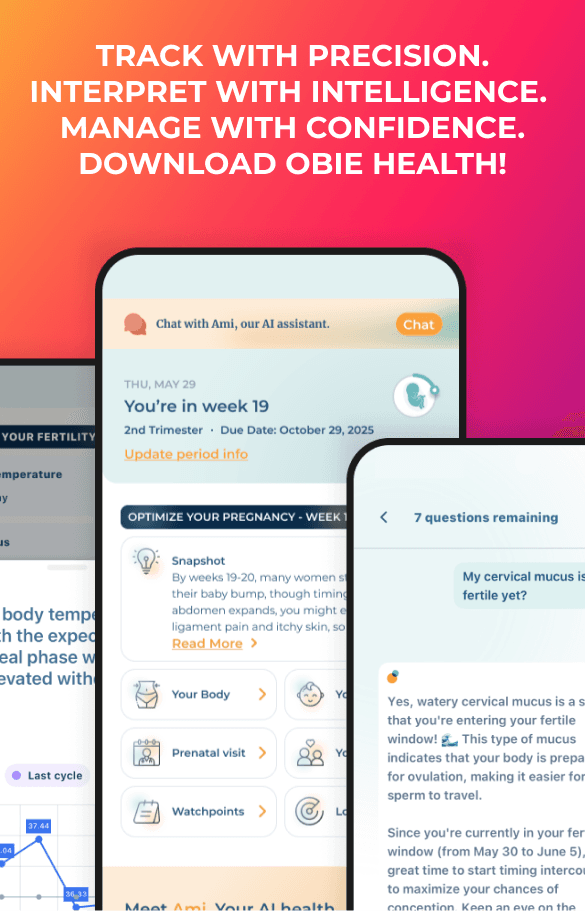Is Your Baby a Lefty or a Righty?
Obie Editorial Team
Though you might notice your baby using one specific hand more as he nears his first birthday, there is no telling whether he is a lefty or a righty until he turns two or three. Even then, he might still be exploring the two options, and most kids don’t really commit to one hand until they start writing at age five or six.
Believe it or not, you should let your baby’s pediatrician know if one hand seems to be dominant before age two because it could be a sign that your baby has a motor development problem. Until a certain point in your child’s development, exploring with both hands is natural and a good sign that the muscles are growing at an even pace.
Whether your child is dominant in his left or right hand is mostly a matter or genetics, and you shouldn’t try influencing their choice. If you try making your baby a righty early on, you will confuse him or her and motor development might slow down as a result. Instead, follow your baby’s lead when it comes to his or her handedness. Though there are some inconveniences that a left-handed person will face through life, you can’t turn your baby into a right-handed person for that reason.
Some children are actually completely ambidextrous until they turn five and use both hands equally. Usually, a teacher at school will encourage your child to pick a hand so that writing becomes easier. Though it’s rare, some people stay ambidextrous through adulthood.
Source: Jacques Vauclair et al: Relationship between manual preferences for object manipulation and pointing gestures in infants and toddlers. Developmental Science Volume 12 Issue 6 pp. 1060-1069 November 2009







